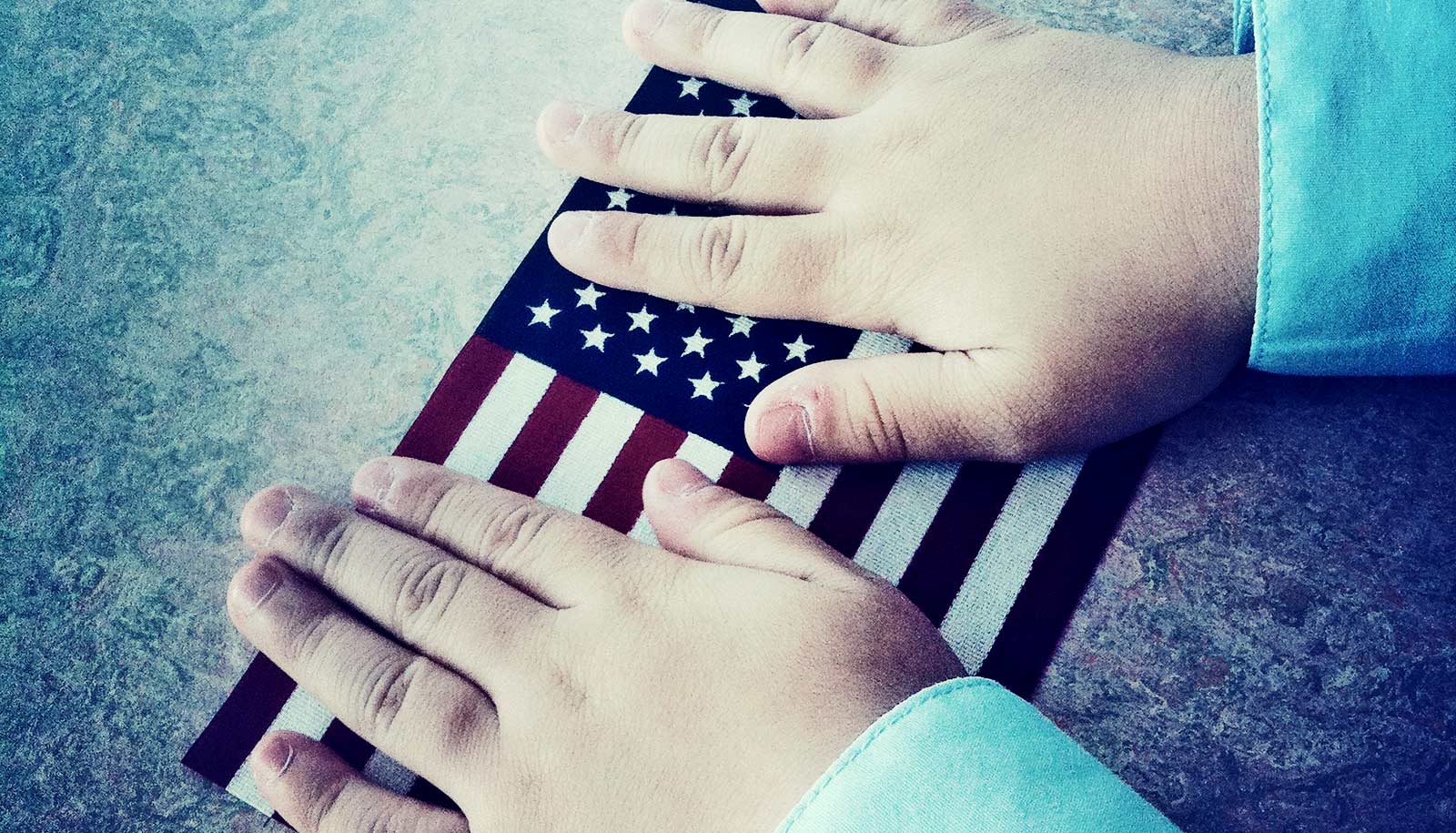Increases in federal transfers—the amount of money that the federal government sends to states to improve the well-being of citizens—are strongly linked to a decrease in infant mortality rates, according to a new study.
“Holding all other variables constant, a $200 increase in the amount of federal transfers per capita would save one child’s life for every 10,000 live births,” says Michael McLaughlin, a doctoral student at the Brown School at Washington University in St. Louis and lead author of the study, which appears in BMJ Open.
“…these are literally life or death decisions.”
Researchers analyzed data over a 10-year period for the entire US population under the age of 1. Data were collected from all 50 states between 2004 and 2013. They examined state level infant mortality rates, neonatal mortality rates, and post-neonatal mortality rates.
Each year, the federal government transfers money to state and local governments to fund programs such as Medicaid; Supplemental Nutrition Assistance Program (SNAP); and Women, Infants, and Children (WIC). The size of these federal transfers has grown considerably over time. In 1929, federal transfers comprised approximately 1 percent of state and local revenue. By 2009, this figure had climbed to 28 percent, with the federal government distributing roughly $600 billion in aid to state and local governments annually.
Using a statistical model to control for differences across states, McLaughlin and corresponding author Mark Rank, professor of social welfare, found that increases in per capita federal transfers were significantly associated with lower infant, neonatal, and postneonatal mortality rates.
Essential to child health
“Our findings indicate that increases in federal transfers are strongly associated with reductions in infant mortality rates,” Rank says. “Such benefits should be carefully considered when state officials are deciding whether to accept or reject federal funds.”
The federal government currently allocates hundreds of billions of dollars annually to state and local governments to help fund programs intended to improve the well-being of the overall population, and specifically the health and well-being of low-income infants and pregnant women. The average amount of per capita federal dollars during the study period was approximately $2,000 per person.
Understanding how federal transfers of funds are tied to infant mortality rates is critical for a number of reasons, Rank says.
“The United States has among the highest infant mortality rates among Western industrialized nations,” he says. “Understanding the role that federal actions might have in helping to bring down this rate is essential to improving pediatric health.”
Minimum of care
Further, the authors point out that the infant mortality rate is a particularly important gauge of a state’s overall health status. States with high infant mortality rates are likely to have much worse health as indicated by a number of key well-being measures.
“This study supports the argument that federal aid helps to ensure a minimum standard of care,” Rank says.
Without federal funds, the authors argue, states that have difficulty generating tax revenue might be forced to implement budget cuts. These cuts could strain social service and health care providers, having an adverse impact on children’s health.
By collecting money at the national level and distributing it to under-resourced states, the federal government helps to promote equality of opportunity for children regardless of the state in which they happen to be born. In so doing, federal transfers can increase the welfare of American society as a whole, irrespective of state boundaries or regional differences.
“State governors, who have turned down federal funds such as Medicaid expansion, should carefully reconsider the benefits offered by federal aid,” Rank says. “It turns out that our analysis indicates that these are literally life or death decisions.”


